In an era of relentless innovation and a constant push towards the new, the human heart often finds solace and inspiration in the echoes of the past. This deep-seated yearning for familiarity and connection has propelled nostalgic design elements to the forefront of trending aesthetics, profoundly influencing how we shape our environments, products, and visual identities. More than just a fleeting homage, this trend is a sophisticated act of reinterpretation, where beloved motifs, textures, and palettes from bygone eras are infused with contemporary sensibilities to create fresh, relevant, and emotionally resonant “new looks.” This comprehensive article delves into the burgeoning popularity of nostalgic design, exploring its historical roots, the potent psychological underpinnings of its appeal, and its diverse manifestations across various creative disciplines. We’ll uncover how designers are thoughtfully weaving tangible elements of history into modern aesthetics, crafting spaces and objects that not only captivate visually but also evoke cherished memories and foster a profound sense of connection in our rapidly evolving world.
A Historical Look at Nostalgia
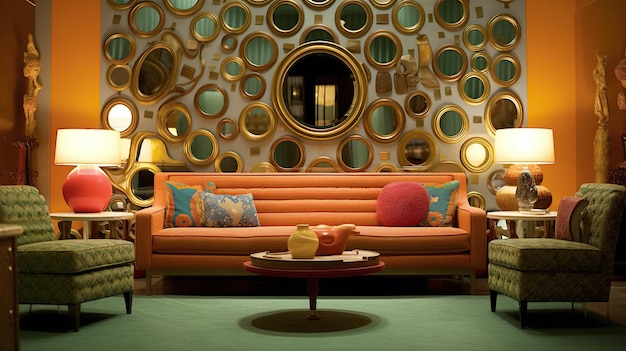
The human tendency to look back with fondness is as old as memory itself. In design, this manifests as a cyclical embrace of styles and elements from previous eras, driven by a complex interplay of cultural, social, and psychological factors.
A. Victorian Revivalism (Mid-19th Century): As a romantic reaction against the starkness of early industrialization, the Victorian era frequently looked back to earlier periods, incorporating Gothic, Rococo, and Neoclassical elements into its architecture, furniture, and decorative arts, often leading to an eclectic mix of historical styles.
B. Art Deco’s Historical Blends (1920s-1930s): While forward-looking and modern, Art Deco absorbed influences from ancient Egyptian, Mayan, and Cubist art, distilling them into sleek, geometric, and opulent forms. It was a stylistic blend that referenced exotic pasts through a contemporary lens.
C. Mid-Century Modern’s Retrospective Glance (Post-WWII): Although rooted in functionality and new materials, Mid-Century Modern design often drew from earlier Bauhaus principles and Scandinavian simplicity, effectively a “nostalgia” for pre-war modernism and a rejection of the excesses of the 1930s and 40s.
D. The 1970s Revival of Art Nouveau and Victorian: The counter-culture movement of the 70s saw a resurgence of interest in the organic forms of Art Nouveau and the intricate patterns of the Victorian era, reinterpreted with a psychedelic twist in fashion, posters, and interior decor.
E. Postmodernism’s Playful Quotes (1980s): Postmodernism actively embraced historical references, pastiche, and irony. Architects like Michael Graves and designers like Ettore Sottsass (Memphis Group) deliberately incorporated classical motifs, bold colors, and whimsical elements from various historical periods, often in a decontextualized or exaggerated way.
F. Y2K and 90s Nostalgia (2010s-Present): Driven largely by digital natives, the 2010s and 2020s have seen a powerful resurgence of styles from the late 1990s and early 2000s, reflecting a collective longing for a simpler, pre-smartphone era, or perhaps a period of childhood/adolescence.
This cyclical nature of design trends, often tied to a desire for familiarity, stability, or a reaction against prevailing aesthetics, confirms that nostalgia is an ever-present undercurrent in our creative landscape.
The Emotional Anchor
The current surge in nostalgic design elements isn’t just about aesthetics; it taps into profound psychological needs, offering comfort and connection in an increasingly complex and rapidly changing world.
I. Comfort and Security
A. Sense of Familiarity: Nostalgic elements evoke memories of the past, often of childhood or perceived simpler times. This familiarity provides a sense of comfort, security, and predictability in an uncertain world.
B. Emotional Warmth: Objects or styles associated with positive past experiences can trigger feelings of warmth, happiness, and belonging, creating a powerful emotional connection.
C. Escape from Overload: In a constantly innovating and demanding digital landscape, nostalgic elements offer a grounding contrast, a gentle pause that invites reflection and respite.
Nostalgic design provides an emotional anchor, creating spaces and objects that feel comforting and safe.
II. Authenticity and Craftsmanship
A. Perceived Quality: Older items or designs often carry an association with craftsmanship, durability, and a “made-to-last” quality that can feel lacking in today’s mass-produced goods. This appeals to a desire for genuine value.
B. Unique Character and Story: Vintage elements inherently possess a unique character and often a rich history or story behind them, making them feel more authentic and less generic than new items.
C. Anti-Mass Production Sentiment: The appreciation for nostalgic design can be a subtle rebellion against hyper-consumerism, favoring items with character and a slower pace of consumption.
Nostalgic design celebrates authenticity, valuing the narrative and tangible quality that often accompanies the “old.”
III. Individuality and Self-Expression
A. Curated Personal Style: Mixing nostalgic elements with contemporary pieces allows individuals to create a unique, eclectic style that stands out. It demonstrates thoughtful curation rather than simply following trends.
B. Connection to Personal History: For many, nostalgic design is a way to incorporate personal history, family heirlooms, or cultural roots into their present-day aesthetic, making their spaces and style deeply personal.
C. Expressing Values: Embracing nostalgic aesthetics can signal values such as an appreciation for heritage, sustainability (through reuse), or a rejection of rapid obsolescence.
Nostalgia empowers individuals to craft a style that is deeply personal and reflective of their own unique journey and values.
IV. Playfulness and Whimsy
A. Recapturing Childhood Joy: Elements from childhood eras can evoke a sense of playfulness and lightheartedness, injecting whimsy into design.
B. Breaking Design Rules: The playful nature of some nostalgic revivals (e.g., “Grandmillennial” or Y2K maximalism) encourages breaking traditional design rules, leading to more expressive and fun aesthetics.
C. Visual Interest and Surprise: Unexpected nostalgic elements in a modern context can create delightful surprises and conversation starters, adding personality and visual intrigue.
Nostalgic design often injects a desirable sense of fun and lightheartedness into contemporary aesthetics.
Nostalgia’s Broad Influence
The enduring appeal of nostalgic elements is now a pervasive force, influencing how designers approach spaces, products, branding, and even digital interfaces.
I. Interior Design
In interior design, nostalgia creates spaces that feel warm, inviting, and full of personality, rich with stories and memories.
A. Mid-Century Modern Comeback: Furniture, lighting, and decor from the 1950s and 60s (clean lines, organic shapes, wood, velvet) continue to be highly sought after, often mixed with contemporary art or minimalist backdrops for a fresh feel.
B. Grandmillennial and “Granny Chic”: A playful embrace of patterns (chintz, toile), needlepoint, ruffles, antique furniture, and vintage collectibles, often juxtaposed with modern elements, creating a layered, comfortable, and highly personalized aesthetic.
C. Art Deco Resurgence: The opulent geometric patterns, brass accents, fluted details, and rich jewel tones of the 1920s and 30s are reinterpreted through contemporary materials and streamlined forms in modern luxury interiors.
D. 1970s Bohemian and Earthy Tones: The relaxed, free-spirited aesthetic of the 70s (macramé, rattan, earthy color palettes, sunken living rooms) is returning, often with a more refined, less cluttered interpretation.
E. Reclaimed Materials: Using salvaged wood, brick, or architectural elements from older buildings adds authenticity, history, and a distressed texture that cannot be replicated.
F. Vintage Lighting and Fixtures: Incorporating antique chandeliers, retro pendant lamps, or original hardware into modern interiors for a touch of character and warmth.
Nostalgic interiors are about creating an inviting, collected, and emotionally rich environment that feels unique and deeply personal.
II. Fashion and Apparel
The fashion industry is a perpetual cycle of revival, constantly reinterpreting and drawing inspiration from past decades to create new trends.
A. Y2K and 90s Revival: Low-rise jeans, crop tops, cargo pants, chunky sneakers, bright colors, butterfly motifs, and baguette bags from the late 90s and early 2000s are making a strong comeback, often with a sleeker, more tailored modern interpretation.
B. 80s Power Dressing and Athleisure: Oversized blazers, strong shoulders, neon brights, and vintage sportswear logos are re-emerging, often integrated with contemporary fabrics and fits.
C. 70s Boho and Disco Glam: Flared trousers, platform shoes, earthy tones, flowy silhouettes, and glittery disco elements are seen in modern collections, often with a refined, luxurious twist.
D. Retro Prints and Patterns: Paisley, psychedelic swirls, geometric patterns, and floral motifs from various decades are being re-used in modern prints for garments and accessories.
E. Sustainable Vintage Sourcing: The growing eco-consciousness has fueled the trend of buying actual vintage clothes, upcycling, and thrifting, embracing genuine historical garments.
F. Preppy and Heritage Styles: Classic elements like argyle sweaters, tweed jackets, tailored trousers, and collegiate motifs continuously cycle back, adapted for modern relevance.
Fashion uses nostalgic elements to tap into a collective memory, offering both comfort through familiarity and excitement through reinterpretation.
III. Graphic Design and Branding
In graphic design and branding, nostalgic elements evoke trust, authenticity, and a unique personality that helps brands stand out.
A. Retro Typography: Fonts from specific eras (e.g., Art Deco serifs, psychedelic 70s fonts, pixelated 80s computer fonts, chunky 90s serifs) are used to create specific moods and target niche demographics, adding a sense of heritage or playfulness.
B. Vintage Color Palettes: Muted, faded, or highly saturated color combinations reminiscent of specific decades (e.g., earthy 70s tones, neon 80s brights, pastel 50s shades) are used to evoke a particular nostalgic feel.
C. Distressed Textures and Aged Effects: Applying filters, overlays, and textures that mimic the wear and tear of time (e.g., faded ink, halftone dots, paper creases, grain) adds authenticity and a handcrafted feel.
D. Illustrated Nostalgia: Illustrations styled to mimic classic advertising art, comic book aesthetics, or children’s book illustrations from past eras, creating a whimsical or trustworthy brand voice.
E. Packaging Inspired by History: Brands are designing packaging that directly references old designs, using classic layouts, vintage typography, and nostalgic imagery to convey heritage, quality, and a sense of timelessness.
F. Skeuomorphism’s Subtle Return: While not a full comeback, there’s a subtle reintroduction of tactile textures and soft shadows in UI elements, adding a hint of realism reminiscent of early digital skeuomorphism, making interfaces feel more grounded.
Nostalgic graphic design leverages collective memory, building immediate emotional connections and lending brands a sense of history and warmth.
IV. Product Design
In product design, nostalgic elements imbue new objects with a sense of familiarity, quality, and unique character.
A. Retro-Inspired Electronics: From record players with Bluetooth connectivity to digital cameras with vintage analog controls and aesthetic, designers are blending old-school charm with modern technology.
B. Classic Appliance Forms with Modern Tech: Kitchen appliances are adopting nostalgic shapes and colors (e.g., retro refrigerators, stand mixers in vintage hues) but are equipped with smart features and energy efficiency.
C. Furniture Reissues: Iconic furniture designs from mid-century masters or specific periods are being reissued by original manufacturers or adapted by new designers, often with updated materials for comfort and durability.
D. Toy and Game Revivals: Classic toys, board games, and even video game consoles are being re-released or updated, tapping into adult nostalgia for childhood pastimes.
E. Artisanal and Handmade Aesthetic: A renewed appreciation for handcrafted items, drawing inspiration from pre-industrial craftsmanship, often showcasing visible textures and unique imperfections.
F. Modular Systems with Vintage Flair: Modern modular furniture systems that offer customizable components with finishes or details inspired by older design periods.
Nostalgic product design ensures that new items carry a sense of history and soul, making them more cherished and meaningful for consumers.
Innovations Powering the Nostalgic Boom
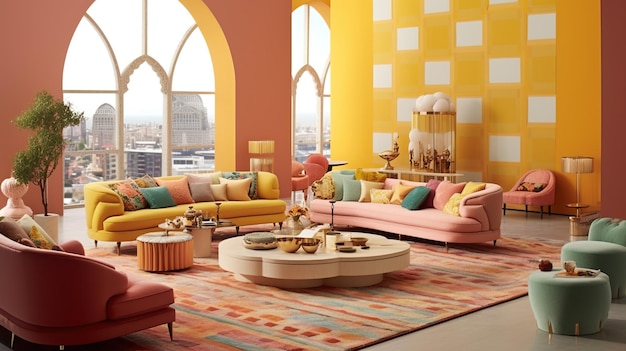
The current boom in nostalgic design is significantly enabled and enhanced by modern technological and conceptual advancements.
A. Digital Archiving and Databases: Vast online archives of historical design, photography, and advertising make researching and referencing past aesthetics easier than ever for designers.
B. AI-Powered Style Transfer and Generation: AI tools can analyze historical art and design movements and generate new content in those styles (e.g., generating images in the style of 70s sci-fi art or Art Nouveau patterns), accelerating mood board creation and ideation.
C. Advanced Manufacturing (3D Printing, CNC): These technologies can precisely replicate intricate details, textures, and forms from historical designs that were previously difficult or expensive to mass-produce. They also enable bespoke creations that mimic artisanal craftsmanship.
D. Virtual Reality (VR) and Augmented Reality (AR): VR allows designers to virtually “step into” historical interiors or art movements for immersive research. AR apps can overlay virtual vintage furniture into a user’s home, aiding purchasing decisions.
E. Sustainable Production Methods: The rise of circular economy principles and sustainable materials (e.g., recycled fabrics, reclaimed wood) aligns perfectly with the ethos of vintage and reuse, making nostalgic design choices more environmentally conscious.
F. Social Media and Digital Communities: Platforms like Instagram, Pinterest, and TikTok allow design enthusiasts to share, discover, and popularize niche nostalgic aesthetics, creating micro-trends and fostering communities around shared design interests.
These innovations make nostalgic design more accessible, versatile, and dynamic, allowing for sophisticated reinterpretation rather than mere imitation.
Challenges and The Enduring Allure of the Past
While nostalgic design is popular, it presents certain challenges that designers must navigate, and its appeal is deeply rooted, ensuring its long-term presence.
A. Avoiding Cliché and Superficiality: The biggest risk is simply copying past trends without thoughtful reinterpretation, leading to designs that feel uninspired, inauthentic, or like a mere costume rather than a genuine “new look.”
B. Balancing Authenticity with Modern Needs: Integrating old aesthetics with contemporary functionality, comfort, and safety standards can be a design challenge (e.g., updating vintage electronics for modern power, ensuring ergonomic comfort in retro furniture).
C. Market Saturation: As a popular trend, certain nostalgic aesthetics can become overused, leading to market saturation and a loss of uniqueness.
D. Durability and Maintenance: When using genuine vintage items, considerations for their longevity, repair, and maintenance are crucial. When replicating, ensuring modern durability is key.
E. Cultural Sensitivity: When drawing from nostalgic elements of specific cultural periods, designers must be mindful of respecting their origins and avoiding misinterpretation or appropriation.
Despite these challenges, the appeal of nostalgic design elements is likely to endure, rooted in fundamental human psychology.
F. Human Comfort in Change: In a world undergoing rapid change, nostalgic design offers a psychological anchor, a sense of stability and reassurance drawn from the familiar past.
G. Sustainability and Reuse: The increasing emphasis on sustainable living encourages valuing existing items and designs, aligning perfectly with the ethos of vintage and thoughtful repurposing.
H. Emotional Connection and Storytelling: The ability of nostalgic elements to evoke powerful emotions and tell personal or collective stories ensures their continued relevance in design.
I. Individuality and Authenticity: The desire to express a unique identity and embrace designs that feel genuine and less mass-produced will continue to drive the demand for nostalgic and vintage-inspired aesthetics.
J. The Cyclical Nature of Trends: History shows that design is cyclical. The past will always offer a rich wellspring of inspiration, continually re-emerging in fresh and innovative forms, ensuring that nostalgic design elements remain a powerful and beloved force in the creative landscape.
Conclusion
The current boom in nostalgic design is more than a fleeting aesthetic; it’s a testament to our innate human desire for connection, authenticity, and comfort. By thoughtfully weaving elements from our collective past into contemporary creations, designers are crafting a future that is rich with meaning, memory, and enduring style.

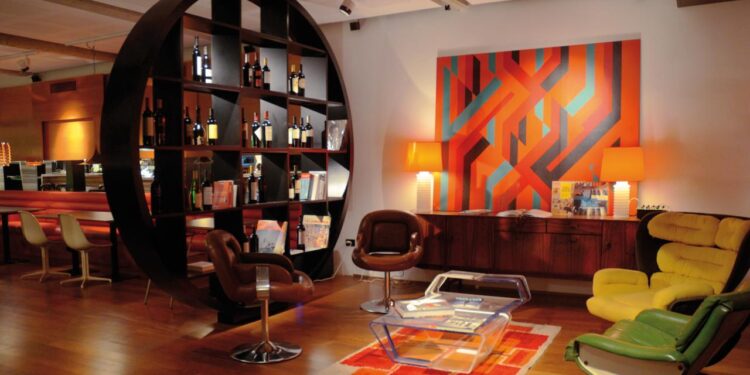
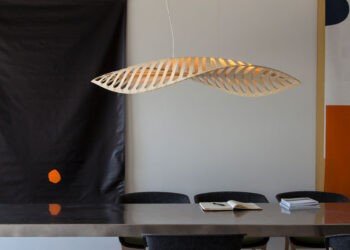
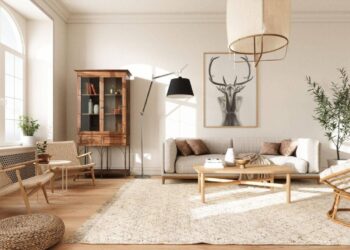

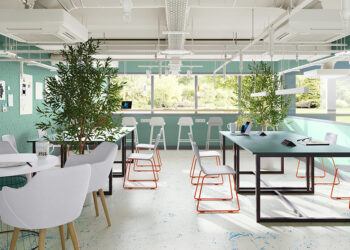
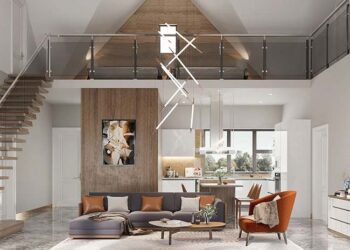
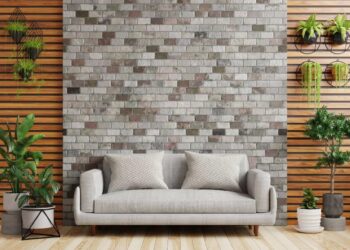

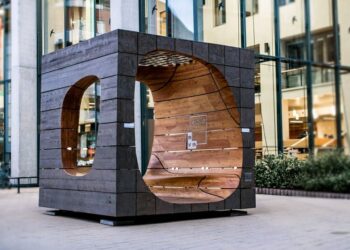

Discussion about this post